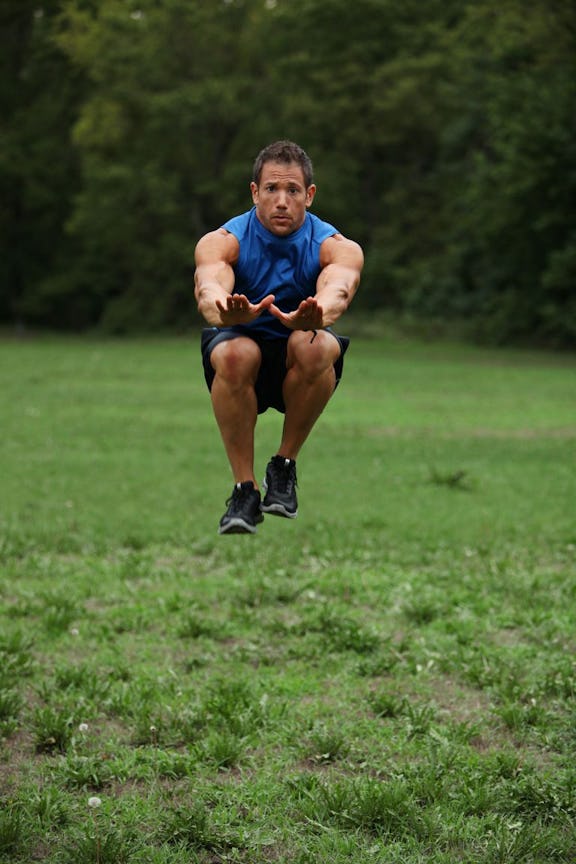

Furthermore, how the person technically performs the task will influence joint loading. Plyometric intensity is based on the intensity of efforts, the vertical and/or horizontal momentum prior to ground contact, the ground contact time and the surface or environment on which they are performed on/in. To do this, it is important to understand the relative intensity of plyometrics tasks, align these tasks to the ACL functional recovery process and monitor the athlete as part of criterion based rehabilitation. In designing a plyometric program, it is important to match the specific plyometric tasks to the functional recovery status of the ACLR patient. To truly impact individual patients, a stronger focus on research implementation is needed from researchers to translate efficacious interventions into practice. However, few patients undertake or complete a plyometric program prior to return-to-sport. Plyometric training, as a component of the ACL functional recovery process, can aid in restoring function and supporting timely return to sport. Effective use of plyometrics can support enhancements in explosive sporting performance, movement quality and lower risk of injury. Plyometric training is an important component for neuromuscular and movement re-conditioning after ACLR. After ACLR, the patient experiences alterations of joint mobility, gait and movement patterns, neuromuscular function and general physical fitness. This paper presents a four-stage plyometric program to be undertaken as part of criterion-based rehabilitation for athletes with anterior cruciate ligament reconstruction (ACLR).


 0 kommentar(er)
0 kommentar(er)
